
views
There are many different haka (Maori words do not generally add an "s" for plurals). The best-known is arguably "Ka mate", also known as Te Rauparaha's haka (after the 19th century Maori chieftain who created it). The words and actions in this article refer specifically to this haka and the "Kapa o Pango" haka, these being the two regularly performed by the All Blacks.
Learning Proper Pronunciation
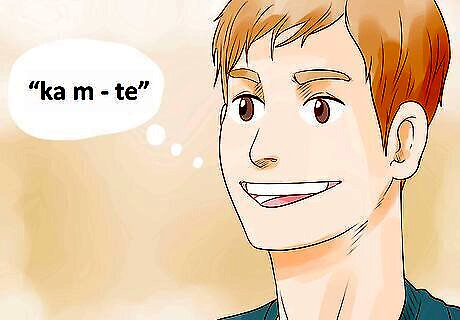
Pronounce each syllable separately. The Maori language, spoken by indigenous people of New Zealand, has vowels with long and short sounds (such as ay and ah for the letter A). Each phrase, such as “ka ma - te,” is pronounced separately. There is a very short stop between each syllable, with a few exceptions. The resulting sounds in a Haka will be staccato and fierce.

Blend two vowels together. Vowel combinations, such as “ao” or “ua,” are pronounced by gliding them together (such as “ay-o” and “oo-ah”). There isn’t a brief stop or breath between these vowel sets, also known as diphthongs. Instead, they are a smooth combination sound.
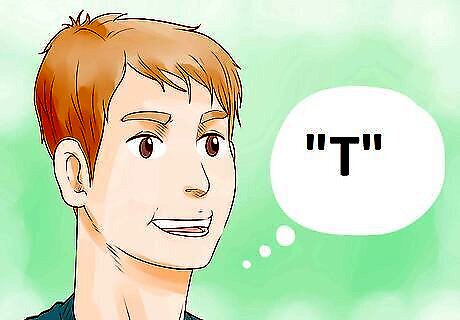
Pronounce the letter T correctly. The letter T is pronounced like an English T when it is followed by the vowels A, E or O. It carries a slight “s” sound when the T is followed by an I or U. The Haka has both of these instances: For example, in “Tenei te tangata,” the T will sound like an English T. For example, in the line, “Nana nei I tiki mai,” the T letters followed by I will have a slight “s” sound accompanying the T.

Pronounce “wh” as a “f” sound. The last line of the Haka starts with “whiti te ra.” Pronounce the “whi” as a “fi.”
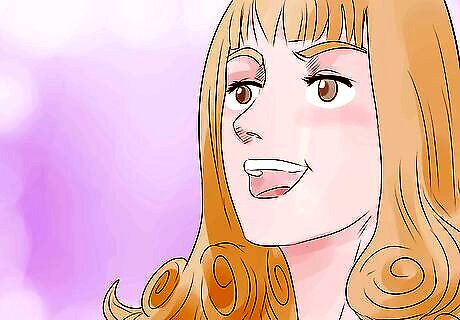
Finish off the song properly. The last syllable of the song is “Hi!” This is pronounced as “he” with a quick breath, rather than a drawn out “high.” Push the breath out of your lungs by tightening your stomach muscles.
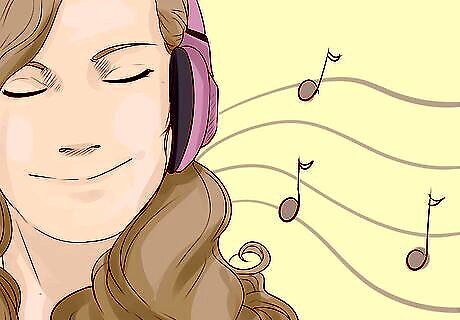
Listen to an audio Maori pronunciation guide. Listening to proper pronunciation can help you practice your language skills. There are a number of audio pronunciation guides available online. Search for “Maori pronunciation” in a search engine.
Getting Ready to Do the Haka
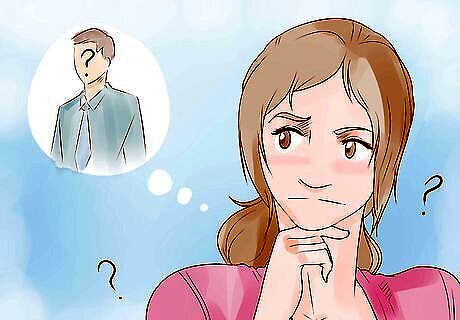
Choose a leader. This person will not stand in formation with the others in the group. Instead, the leader will shout out some of the lines, giving direction to the group. The leader reminds the group how to conduct themselves during the Haka. A Haka leader should have a strong, fierce voice and speak clearly and forcefully. This leader may be the leader of your sports team or group.

Stand with a group of people. Often, sports teams perform the Haka together before beginning a match. There is not a particular number of people you need to perform the Haka, but if the group is larger, then the effect of the Haka is more intimidating and impressive.
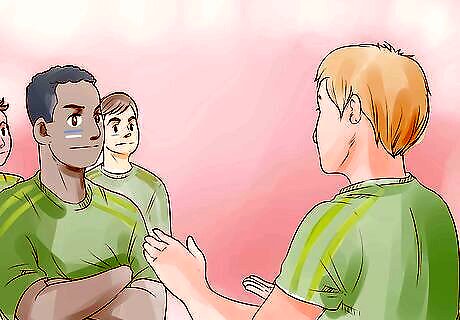
Give notice that you’re doing a Haka. If you want to perform a Haka with your sports team before a match, make sure you have alerted the game’s officials and the other team. If your opponent is the one performing the Haka, watch respectfully with your team.
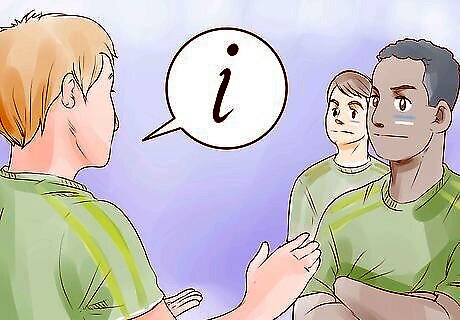
Spread out into formation. The Haka will look fiercer if your group stands in a formation of some sort, as though you are going to set off into organized battle. Walk from a bunched group into a few lines of people. Give yourself lots of arm room, since you’ll be swinging your arms around.
Learning the Chant
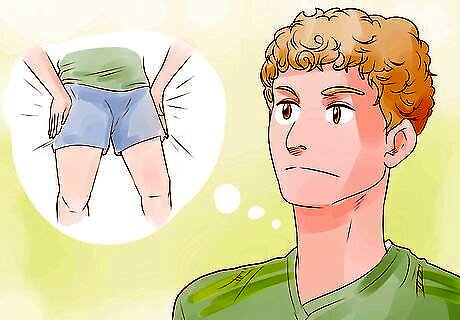
Learn the warm-up chant. The words of the warm-up chant are typically shouted by the leader. They are intended to inspire the group and to warn the opponent that the dance is starting. This part of the chant also gets the group in proper body position. The haka leader will often begin this chant with the phrase "Kia rite!" (get ready). The five lines of the chant are (with their English translation, which is not spoken): Ringa pakia! (Slap the hands against the thighs) Uma tiraha! (Puff out the chest) Turi whatia! (Bend the knees) Hope whai ake! (Let the hip follow) Waewae takahia kia kino! (Stamp the feet as hard as you can)

Learn the Kapa O‘Pango Haka lyrics. Haka chants have several variations. The Kapa O‘Pango Haka was composed in 2005 as a special Haka for the All Blacks the New Zealand national rugby team. It is often performed by the All Blacks instead of the Ka Mate Haka, and specifically references the All Blacks. Kapa o pango kia whakawhenua au i ahau! (Let me become one with the land) Hi aue, hi! Ko Aotearoa e ngunguru nei! (This is our land that rumbles) Au, au, aue ha! (And it’s my time! It’s my moment!) Ko Kapa o Pango e ngunguru nei! (This defines us as the All Blacks) Au, au, aue ha! (It’s my time! It’s my moment!) I ahaha! Ka tu te ihiihi (Our dominance) Ka tu te wanawana (Our supremacy will triumph) Ki runga ki te rangi e tu iho nei, tu iho nei, hi! (And will be placed on high) Ponga ra! (Silver fern!) Kapa o Pango, aue hi! (All Blacks!) Ponga ra! (Silver fern!) Kapa o Pango, aue hi, ha! (All Blacks!)

Learn the Ka Mate Haka. The Ka Mate version, a war dance, is another Haka performed by the All Blacks. It was originally composed by Te Rauparaha, a Maori war leader, around 1820. The chant is shouted in an aggressive, fierce voice. Ka mate! Ka mate! (It is death!, It is death!) Ka ora! Ka ora! (It is life!, It is life!) Ka mate! Ka mate! (It is death! It is death!) Ka ora! Ka ora! (It is life! It is life!) Tenei Te Tangata Puhuru huru (This is the hairy man) Nana nei tiki mai (Who fetched the sun) Whakawhiti te ra (And caused to shine again) A upa ne ka up ane (One upward step, another upward step) Upane, Kaupane (An upward step) Whiti te ra (The sun shines!) Hi!
Learning the Body Movements of the Kapa O‘Pango Haka

Snap into the starting position. From an at-ease position, snap into the position that will start off the Haka. Stand with your feet wide apart, more than shoulder-width apart. Squat down so that your thighs are about 45 degrees in relation to the ground. Hold your arms in front of your body, one above the other, parallel to the ground.,

Raise your left knee upwards. Jerk your left knee up while at the same time bringing your left arm up in front of you. Your right arm will come down to your side. Keep your fists strong.
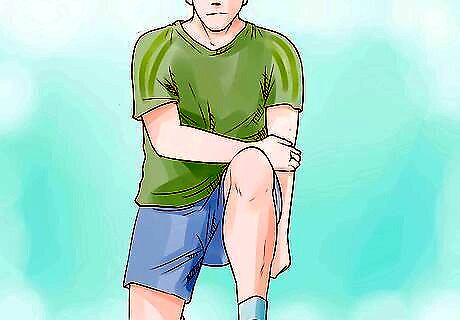
Drop to one knee. Raise your left knee up and then drop your body down onto your left knee while crossing your arms in front of you. Put your left arm downward with your right hand on your left forearm. Rest your left fist on the ground.

Beat your arms 3 times. Bring your left arm at a 90 degree angle upward in front of you. Cross your other arm to touch the elbow of the left arm. Slap your left arm with your right hand to the beat 3 times.
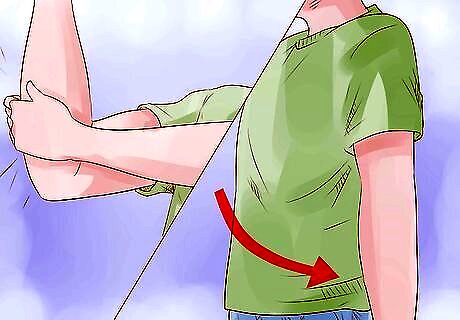
Return your left fist to the ground. Slap your left forearm with your right hand again and move your left hand back down to the ground.

Stand up and beat your arms. Move your body up in a smooth motion to a standing position. Plant your feet wider than shoulder-width apart. Continue beating your arms with the left arm at a 90 degree angle.

Beat your chest with raised arms 3 times. Raise both arms up to the sides of your body and reach your arms upwards. On the beat, slap your chest with your arms. Then return them to the sides of your body, reaching upwards.
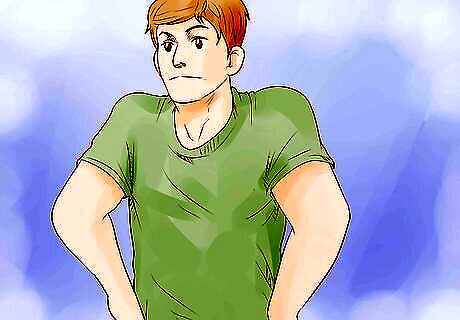
Perform the main sequence 2 times. The main sequence puts many of these motions together. Shout the group’s chant sequence during this part. Rest your hands on your hips with your elbows pointing out. On the beat, raise your hands up to the sky and draw them downward swiftly. Slap your thighs with both palms one time. Bring your left arm at a 90 degree angle upward in front of you. Cross your other arm to touch the elbow of the left arm. Slap your left arm with your right hand to the beat. Switch arms and slap your right arm with your left hand. Bring both arms straight out in front of your body, palms down.
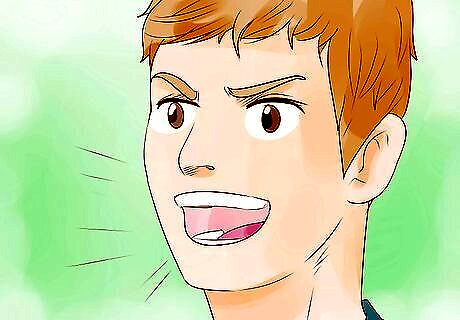
Finish the Haka. Some Hakas finish with the tongue protruding as far as possible, while others just finish with the hands on the hips. Shout “Hi!” as ferociously as possible. Sometimes, the Haka is finished with a throat-slitting motion.
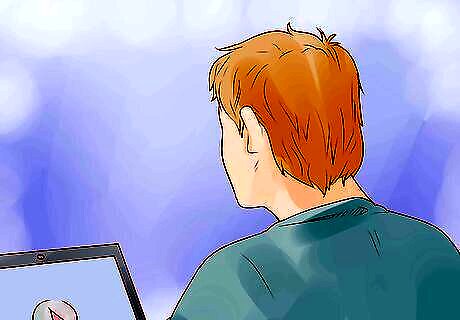
Watch videos of the Haka. Search online for performances of the Haka and watch some of these videos. This will give you a good idea of different versions of the dance, how it is used in sporting competitions, group-building events, and cultural events.
Doing Other Movements

Quiver your hands. As the leader calls commands, they will hold their arms out from their sides. If you are the leader, quiver your hands and fingers as you shout at your group. If you are part of the group, you can quiver your hands and fingers when your hands are in a stationary position at the beginning of the Haka. If you are part of the group, keep your hands in fists for most of the motions.
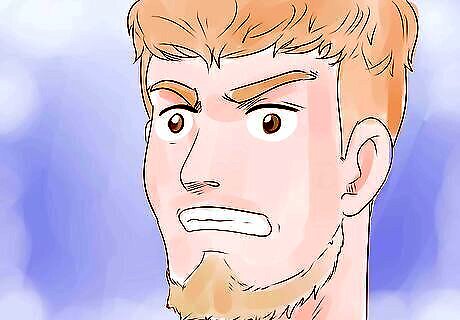
Show your pukana. The pukana is the glaring, wild-eyed look that the performers have on their faces throughout the Haka. For men, the pukana is a facial expression intended to intimidate and scare the enemy. For women, the pukana is a facial expression intended to express sexuality. To show pukana, open your eyes really wide and hold your head up high. Glare and stare at your opponent while raising your eyebrows.
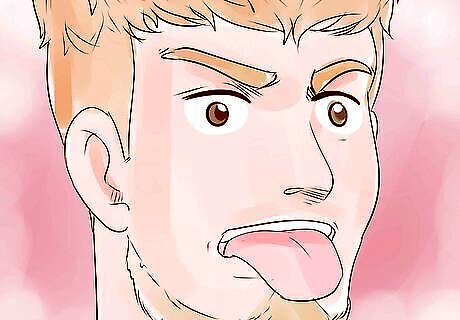
Stick out your tongue. Sticking out your tongue, known as the whereto, is another intimidating gesture to display to your opponent. Stick out your tongue as far as you can and open your mouth wide.
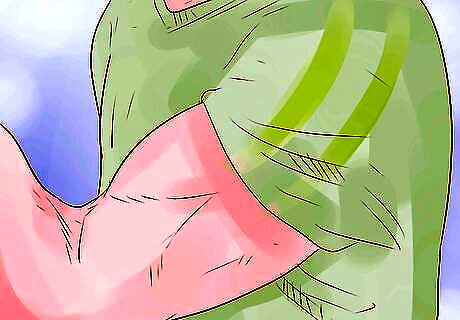
Flex your muscles. Keep your body strong and taut during the entire Haka dance. Your muscles are flexed while your body

Draw your thumb across your throat. A throat-slitting motion is sometimes included in a Haka dance, where you draw your thumb swiftly across your throat. This motion is a Maori gesture that brings vital energy into the body. It is often misunderstood, however. Many people consider it to be an overly violent gesture. Therefore, this motion is often not included when many groups do a Haka.
Performing the Haka Respectfully
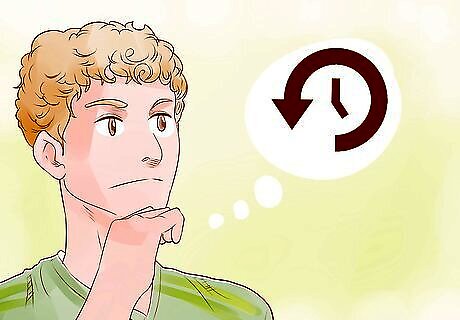
Learn the history of the Haka. Hakas are a traditional cultural expression of the Maori people to signal impending war, peacetime, and life changes. Hakas have also been performed by the New Zealand national rugby team since the late 1800s, so its inclusion at rugby matches also has a rich history.
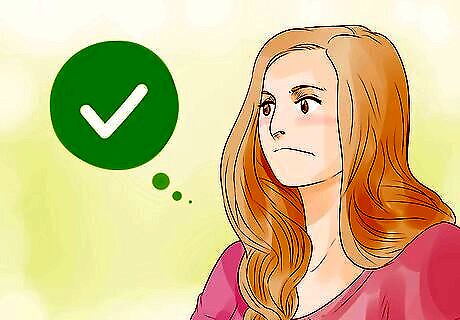
Perform the Haka in the appropriate context. The Haka is considered precious and nearly sacred, an integral part of Maori culture. It has been performed by many different kinds of groups around the world, which has brought Hakas into popular culture. Performing a Haka in a commercial way, such as for an advertisement, is probably not appropriate unless you are Maori. There is a legislative bill in New Zealand debating whether the Maori can essentially trademark the Ka Mate Haka, restricting it from commercial use.
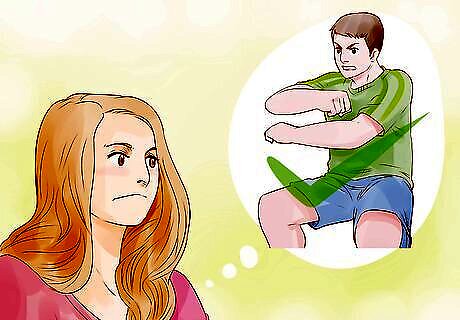
Perform the Haka in a respectful way. Don’t make a mockery of the Haka by over-exaggerating movements. Be culturally sensitive to the Haka and its meaning for the Maori culture. If you are not Maori, consider whether the Haka is the best choice for your team or group as a form of expression.












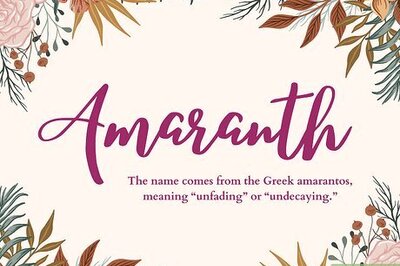





Comments
0 comment